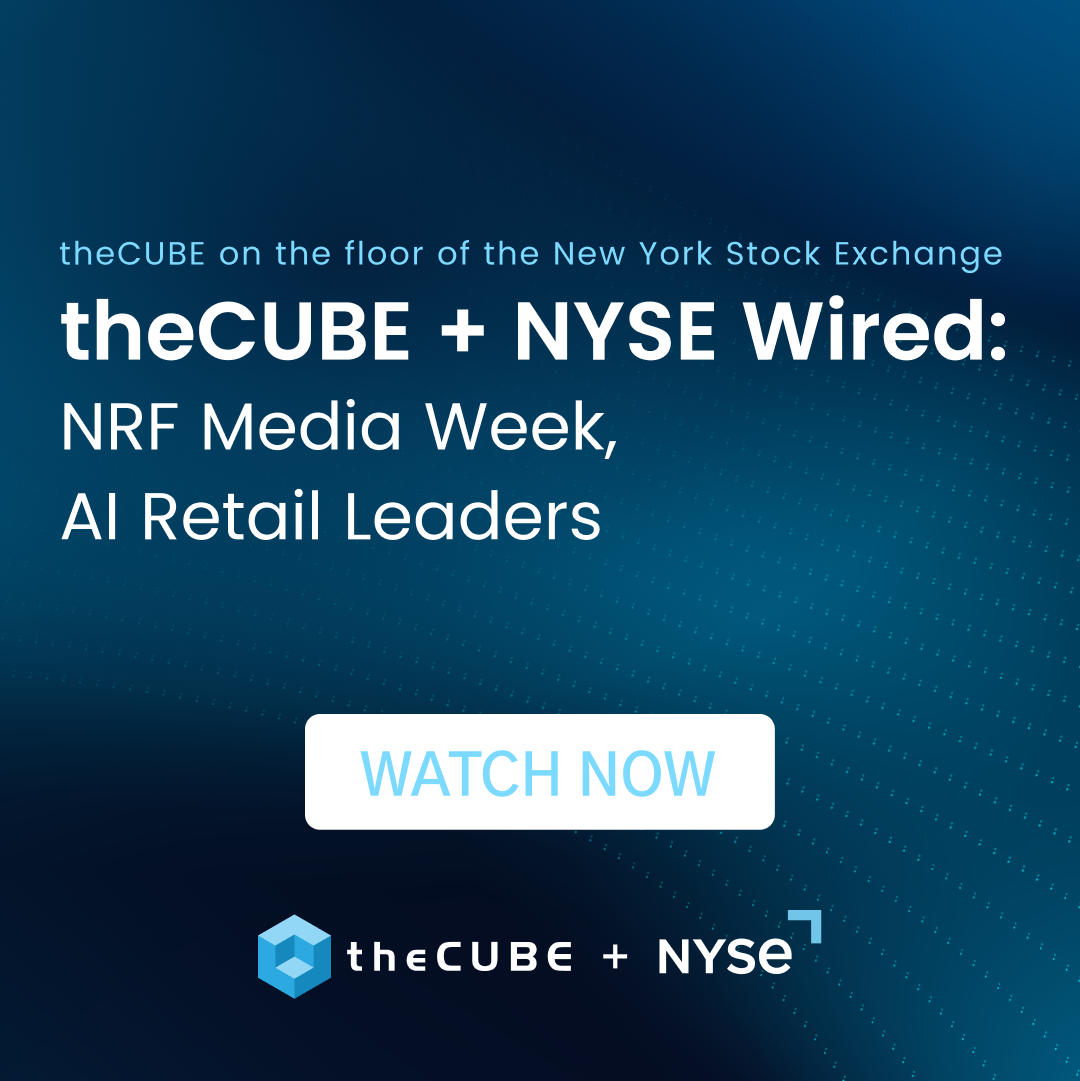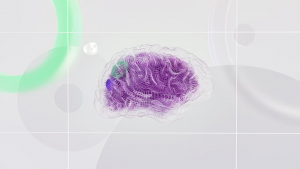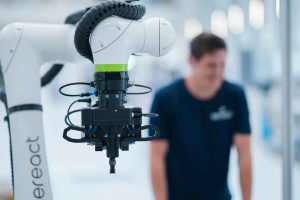Windows 8 for Tablets: A Concept of the Unified Ecosystem
![]() Microsoft never fails to gain the attention of the tech world every time they launch a new platform. Now it’s Windows 8. Last month, we got a glimpse at what Microsoft has in store for its next version of Windows, and in particular, how it plans to compete in the tablet market. Windows 8 will work well with touch-only tablets as well as traditional mouse/keyboard PCs, bringing all the devices into the concept of a “unified ecosystem.”
Microsoft never fails to gain the attention of the tech world every time they launch a new platform. Now it’s Windows 8. Last month, we got a glimpse at what Microsoft has in store for its next version of Windows, and in particular, how it plans to compete in the tablet market. Windows 8 will work well with touch-only tablets as well as traditional mouse/keyboard PCs, bringing all the devices into the concept of a “unified ecosystem.”
“Bringing together of these devices into a unified ecosystem,” Says Andy Lees, president of the Windows Phone division at Microsoft, said during Tuesday’s Worldwide Partner Conference in Los Angeles.
“We won’t have an ecosystem for PCs, and an ecosystem for phones, one for tablets. They’ll all come together,”
“A lot of people have asked me, are we going to produce a phone that is a tablet? You know, are we going to use Windows Phone 7 to produce tablets? Well, that is in conflict with this strategy. We view a tablet as a sort of PC,” Lees added.
Microsoft’s strategy for Windows 8 on the tablet is allowing people to do a lot of the things that they expect on a PC. Things such as networking to allow the users to be able to connect to networks and utilize network tools, to get USB drives and plot them into the tablet. Enabling Office tools, like printing, also taps into Microsoft’s strong suit as an enterprise-grade service.
“And that’s why our strategy is that these new form factors are within a single ecosystem and not new ecosystems themselves. Windows has always spanned different PC form factors. And with Windows 8 we’re going to take this to a whole new level including tablets.”
The OS features a lock screen similar to Windows Phone 7, with options to change the background, date and time. You’ll get some basic alerts including messages, emails and upcoming calendar events. The start screen offers a new tiled mosaic home screen, which is a replacement for a black desktop. It looks similar to what we’ve seen on the Zune and Windows Phone 7. However, these are larger live tiles that have been designed to display more information on larger screens. All your apps would eventually show up on this home screen, but we don’t know yet if there’s another app list or program management tool.
The OS will support two types of apps – legacy Windows programs and new apps written in HTML 5 and JavaScript. Microsoft’s hedging its bets here, appealing to its existing customer base while also adopting the emerging tech of the future. The OS also will come up with IE10, which, like IE9, is hardware accelerated, but has been completely designed for touch screens. There are tabs along the top and navigation controls on the address bar, which lines the bottom of the screen. The keyboard interestingly supports multiple layouts. Standard keyboard and a split of thumb typing. The touch-centric OS has a revised soft keyboard.
Microsoft will cover more of the new features and improvements in Windows 8 at September’s Build Conference. The event will also include more details on the said OS.
A message from John Furrier, co-founder of SiliconANGLE:
Your vote of support is important to us and it helps us keep the content FREE.
One click below supports our mission to provide free, deep, and relevant content.
Join our community on YouTube
Join the community that includes more than 15,000 #CubeAlumni experts, including Amazon.com CEO Andy Jassy, Dell Technologies founder and CEO Michael Dell, Intel CEO Pat Gelsinger, and many more luminaries and experts.
THANK YOU











